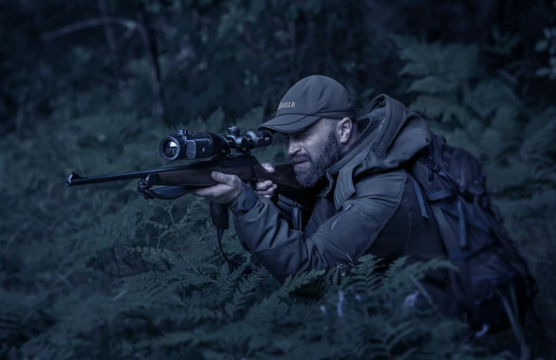In the realm of advanced technology, the thermal image camera stands out as a remarkable tool for night vision. These thermal cameras are designed to detect infrared radiation (heat) emitted by objects, translating that data into visible images. This capability has revolutionised various fields, from military and law enforcement to wildlife observation and industrial inspections.
Understanding Thermal Imaging
At its core, thermal imaging is based on the principle that all objects with a temperature above absolute zero emit infrared radiation. The amount of radiation increases with temperature. Thermal cameras capture this radiation using a specialised sensor called a microbolometer. Unlike traditional cameras that rely on visible light, thermal cameras can operate effectively in complete darkness, fog, smoke, and even through some materials that are opaque to visible light.
How Thermal Image Cameras Work
The primary component of a thermal camera is the lens, which focuses infrared radiation onto the sensor. The sensor detects the radiation and converts it into electrical signals. These signals are processed to create a thermal image, where different colours represent different temperatures. Typically, warmer objects appear in shades of red, orange, and yellow, while cooler objects are displayed in shades of blue and purple.
Modern thermal cameras come equipped with various features such as high-resolution sensors, digital zoom, and image enhancement technologies that improve clarity and detail. Some advanced models can even overlay thermal images with visible light images to provide a more comprehensive view.
Applications of Thermal Imaging Cameras
Military and Law Enforcement: Thermal imaging cameras are indispensable in military operations for surveillance, target acquisition, and night-time navigation. They allow soldiers to detect hidden enemies, identify potential threats, and operate effectively in low-visibility conditions.
In law enforcement, thermal cameras are used in search and rescue operations, suspect pursuit, and surveillance. They enable officers to locate individuals in darkness or through dense foliage and buildings.
Wildlife Observation and Research:
Biologists and researchers use thermal cameras to study nocturnal animals and monitor their behaviour without disturbing them. These cameras help track animal movements, locate nests or dens, and conduct population surveys.
Industrial and Building Inspections:
Thermal imaging is a valuable tool in the industrial sector for monitoring equipment and detecting potential issues before they lead to failures. It is used to inspect electrical systems, mechanical equipment, and process monitoring.
In building inspections, thermal cameras identify heat leaks, insulation problems, and water damage. They help in energy audits by pinpointing areas where energy efficiency can be improved.
Firefighting:
Firefighters use thermal imaging cameras to see through smoke, locate hotspots, and find victims in burning buildings. This technology significantly enhances their ability to navigate hazardous environments and make informed decisions during emergencies.
Medical and Veterinary Applications:
Thermal imaging is also utilised in the medical field for non-invasive diagnostics. It can detect variations in skin temperature, which may indicate underlying health issues such as infections or circulatory problems.
Veterinarians use thermal cameras to diagnose injuries and illnesses in animals, particularly in cases where traditional methods might be challenging.
Advantages of Thermal Imaging Cameras
The primary advantage of thermal imaging cameras is their ability to see in complete darkness and through obstructions like smoke, fog, and foliage. They provide a clear view of heat signatures, which is invaluable in many critical applications. Thermal cameras are also non-invasive and safe, making them suitable for various industries.
Summing up thermal image cameras are a pivotal technology in night vision, leveraging thermal heat to detect and form images. Their diverse applications and ability to operate in challenging conditions make them indispensable tools across various industries.
